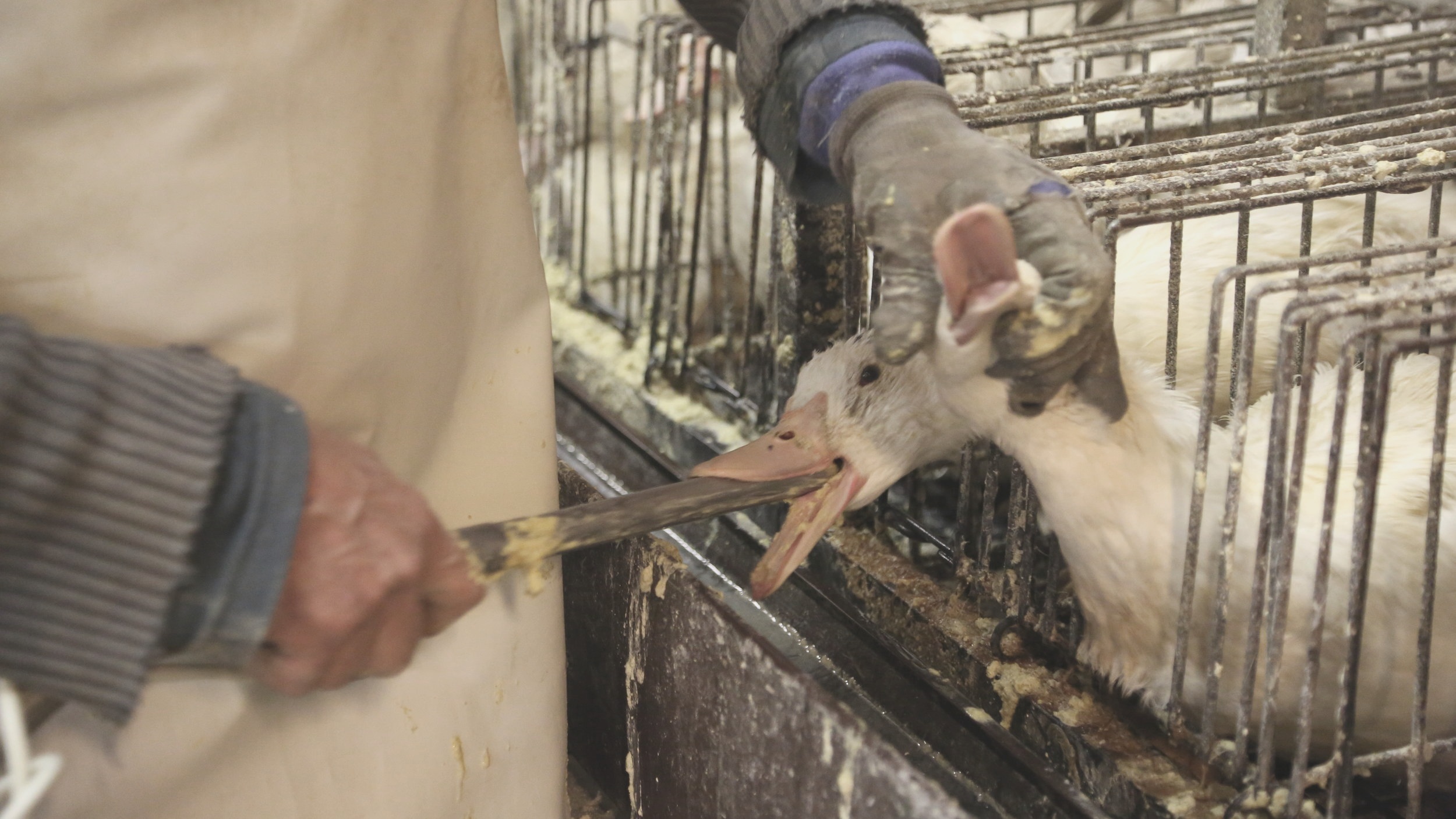
Foie gras is the diseased and enlarged liver of a duck or goose produced through force-feeding
What exactly is foie gras?
Foie Gras (pronounced ˈfwä-ˈgrä)—French for “fatty liver”—is a luxury food product made from the diseased and enlarged liver of a duck or goose and sold in about 1.5% of New York City restaurants. Foie gras is produced by force-feeding ducks and geese until their liver grows up to 10 times its normal size before slaughter.
What is force-feeding?
Force-feeding is the standard practice used for producing foie gras that involves violently shoving a metal or plastic foot-long pipe down a bird's throat, then pumping him with so much feed that, after three times a day for several weeks, his liver swells up to 10 times its natural size and becomes diseased.
What does force-feeding by the foie gras industry look like?
What are the welfare issues associated with force-feeding?
Damage to the esophagus
Force-feeding causes a number of injuries: bruising or perforation of the esophagus; hemorrhaging and inflammation of the neck resulting from the repeated insertion of the pipe to the throat; and asphyxia caused by food improperly forced into the trachea.
Damage to the liver & other diseases
Force-feeding results in numerous illnesses and diseases, including hepatic lipidosis, bacterial and fungal infections, malnourishment, and lameness. For these reasons, mortality rates for force-fed ducks are 10 to 20 times higher than those for non-force-fed ducks.
Fear & Stress
Like all animals, including humans, ducks and geese experience great fear, as well as acute and chronic stress from the multiple daily force-feedings and the pain associated with them.
What is the public’s sentiment towards foie gras?
According to a survey, conducted by Mason-Dixon, shows 81% of New York City voters support a prohibition on the sale of foie gras from force-fed birds. Additionally, several restaurants and retailers—such as Costco, Safeway, Target, Giant Eagle, Whole Foods Market and Wolfgang Puck—refuse to sell foie gras over animal cruelty.
Has foie gras been banned anywhere in the world?
Yes! Due to the animal cruelty involved, the State of California and several countries—including the United Kingdom, Denmark, Finland, Germany, Israel (formerly the world’s fourth-largest foie gras producer), Norway, Poland, Sweden, Switzerland, and Argentina—have either outright prohibited force-feeding for foie gras production and/or sale or have interpreted production as illegal under existing anti-cruelty laws.
More than 50 leading not-for-profit charities support a prohibition on the sale of foie gras in New York City
Recent Blog Posts
Scientists and Experts Statements on Force-Feeding for Foie Gras Production and Animal Welfare
“I can think of nothing more commonsense than ending the egregious practice of selling a luxury food item made from abused animals.”
“Force-feeding a bird for the sole purpose of making it sick to create some bizarre delicacy is gruesome and inhumane.”
“[The Committee] on Animal Health and Animal Welfare concludes that force feeding, as currently practised, is detrimental to the welfare of the birds.”
“The only recommendation that the Committee can properly make is that force feeding of ducks and geese
should stop and that this could best be achieved by the prohibition of the [...] sale of foie gras.
”















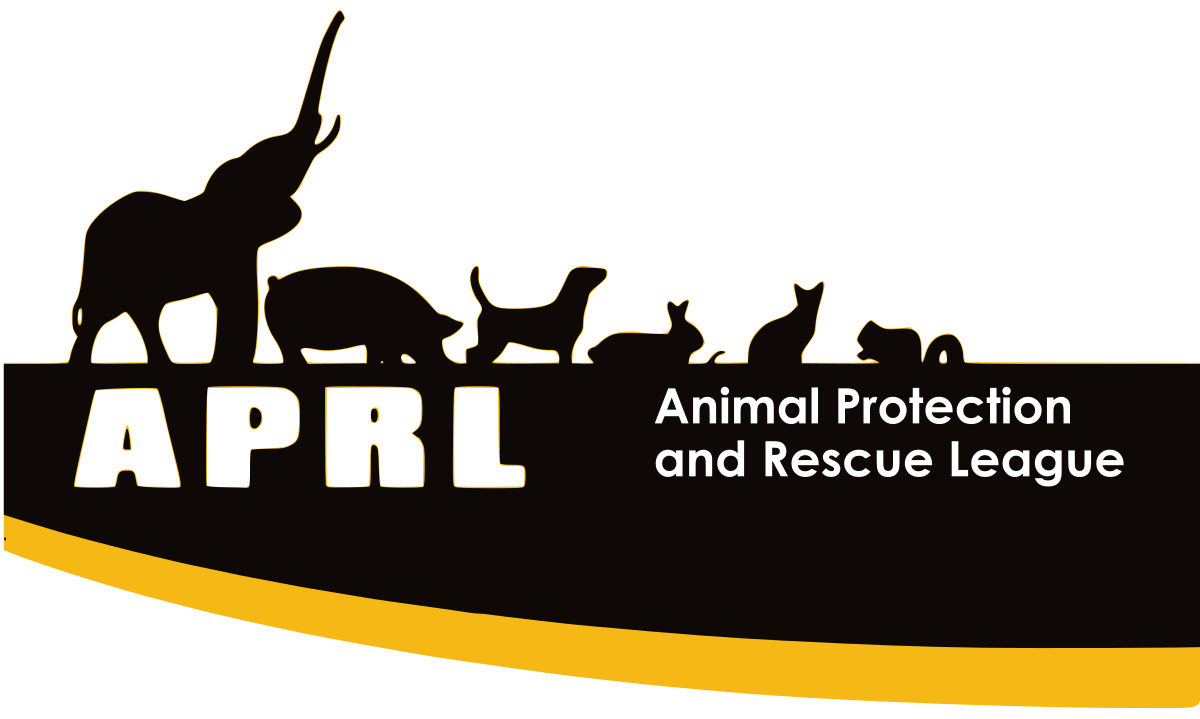





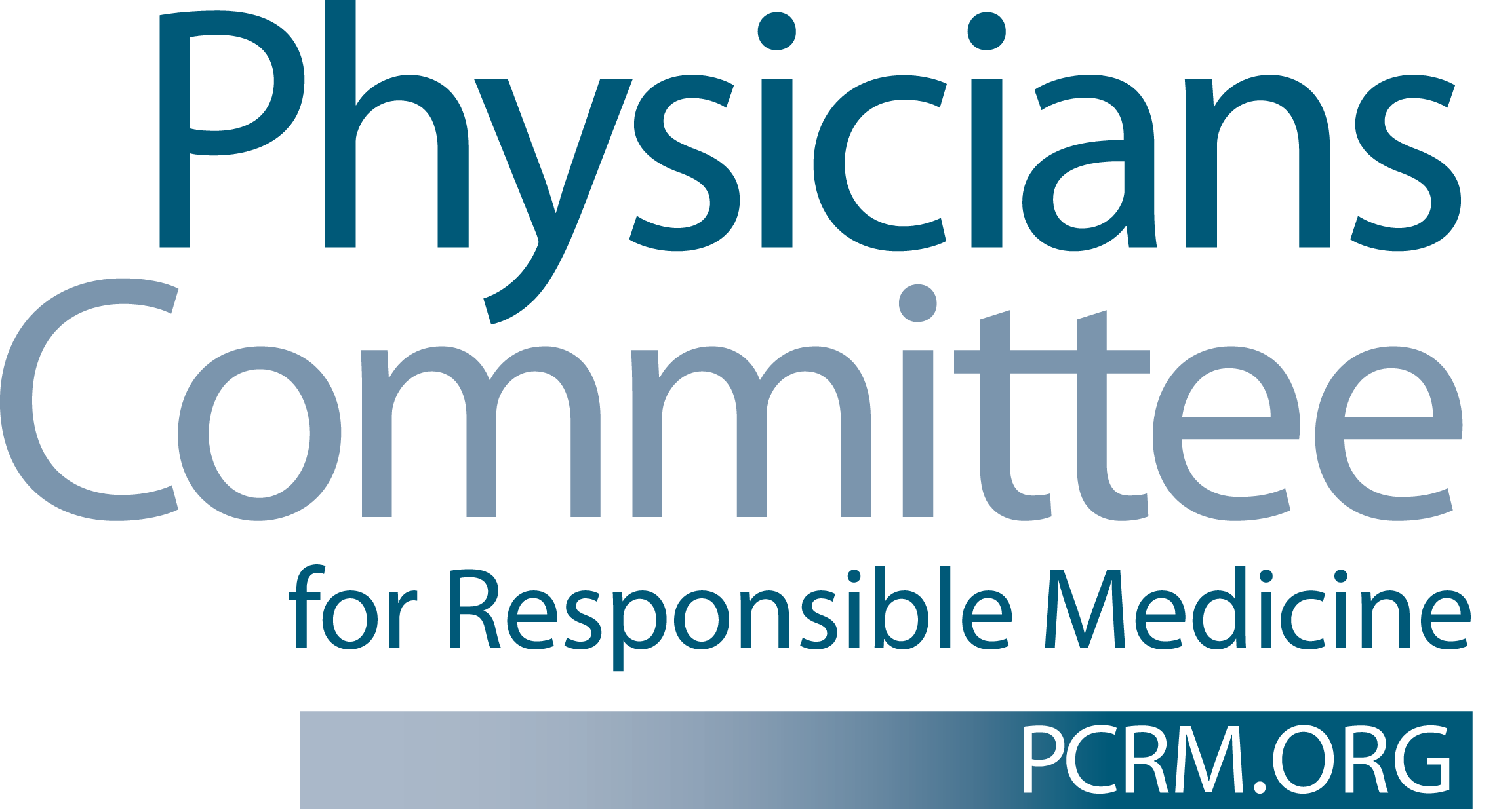







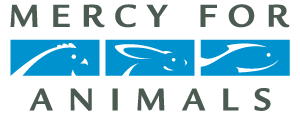



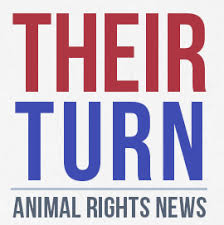

















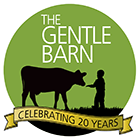











![[Original size] Copy of South Fork Foundation.jpg](https://images.squarespace-cdn.com/content/v1/5c5711b1da50d32f334c8116/1552397067772-CPO6AM3JEFVVV9CRQVEP/%5BOriginal+size%5D+Copy+of+South+Fork+Foundation.jpg)












